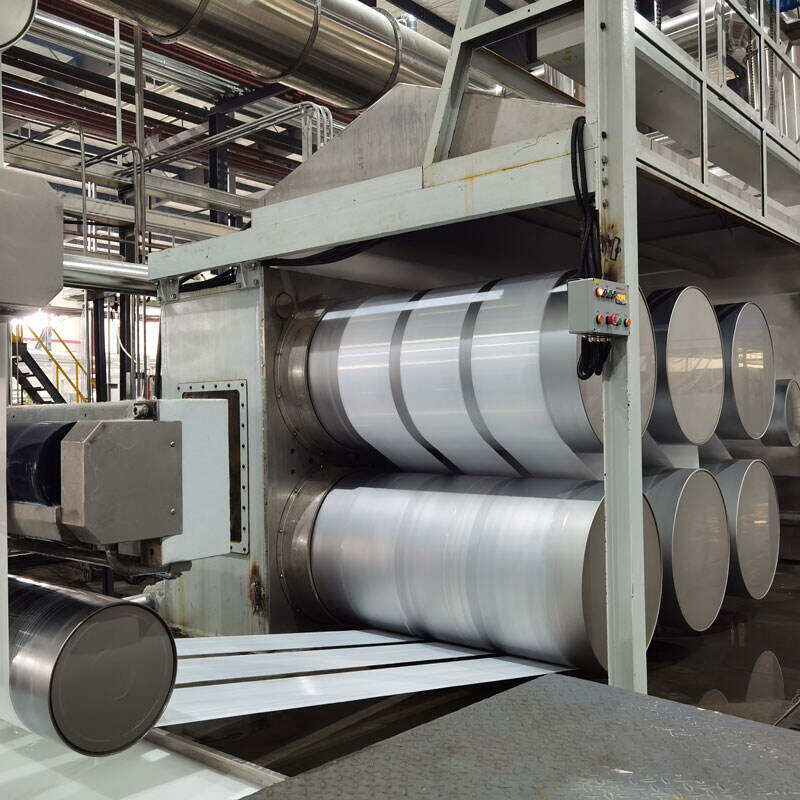Soft Gem | Global Bicomponent Staple Fiber Equipment & Installation
Soft Gem delivers global bicomponent staple fiber equipment and professional installations, specializing in Africa, Russia, and the Middle East. With 30+ years in the industry, we offer the best bicomponent staple fiber units, one-stop services, and competitive bicomponent short fiber device prices. Our solutions cover plant planning, engineering design, and flexible production lines for 3D hollow PET, high tenacity PSF, and PLA fibers. Backed by an experienced R&D team and intelligent manufacturing, we ensure superior quality, 7×24 support, and customized solutions to meet your production goals.
Get A Quote
